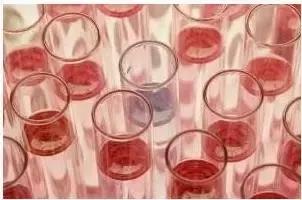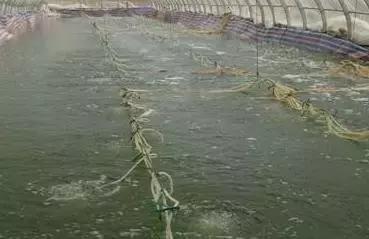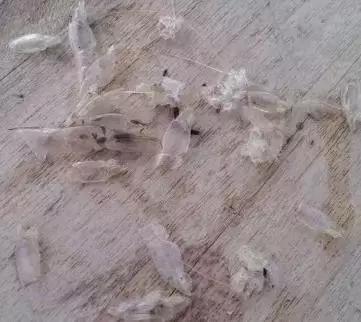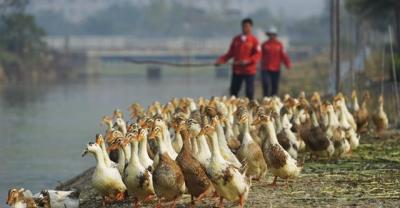Trace elements that you must not know in shrimp culture
Hello everyone, I am Xiaobian dream, the weather is getting cold, prawns more and more need to supplement nutrition, as well as a variety of trace elements. Therefore, in today's article, the editor will tell you about the knowledge of trace elements in shrimp culture.
What are trace elements?

Trace elements are some substances that do not need much but are essential in the process of shrimp growth, including calcium, magnesium, phosphorus, manganese, iron, zinc, copper and so on, as well as trace mineral elements and energy substances. Trace elements can promote shelling, make shrimp size neat, accelerate growth rate, resist stress, alleviate shelling caused by hypoxia stress and stabilize algae phase.

Why do you need to supplement trace elements?

The growth of shrimp requires many times of shelling and shell hardening. Generally, this process can be divided into two stages: shelling stage and hard shell stage. There are three key factors in this process:
1. First, prawns need enough energy to complete shelling and hard shell.
2. The second shrimp needs trace minerals such as manganese, zinc, copper and iron to promote synchronous shelling and tends to be neat. After shelling, major elements such as calcium, magnesium and phosphorus are needed to hard shell. Whether these elements are enough or not, whether the absorption and utilization rate is good determines the size of the shrimp after shelling.
3. Sufficient dissolved oxygen is needed in this process.
High-density culture often leads to the lack of major and trace minerals in water, and the lack of manganese, iron, zinc, copper and other ions leads to shrimp and crab can not shell normally, easy to form soft shell and shell failure, and the growth rate is slow. Full-valent trace mineral elements are limiting factors in pond water and need frequent exogenous replenishment.

The lack of trace mineral elements not only affects the shelling and hard shell of shrimp and crab, resulting in slow growth of shrimp and crab, but also needs a large number of trace mineral elements for algae reproduction. In intensive high-density aquaculture ponds, it is not enough to rely on feed and water to supplement, and the transformation between various substances in water is fast, and the changes of total alkalinity, PH and hardness indicate the lack of trace minerals, and full-valent trace mineral elements are bound to become limiting factors, so frequent exogenous supplements are needed to promote algae reproduction, stabilize water quality and promote the normal growth of shrimp and crabs.

All right, that's all for today's knowledge. I believe you have already had a certain understanding of the role of trace elements after reading this article. I hope you can pay attention to the role of trace elements. I hope everyone can raise shrimp well in the last season of this year. Happy to go home for the Spring Festival. Welcome to continue to pay attention to love raising shrimp, I am chasing a dream, we will see you next time.
- Prev

Pheasant artificial breeding technology, the need for self-help, no thanks!
Recently, Dr. Nong has been exporting various rural farming projects to make money, which may broaden your horizons. We don't ask for many likes, as long as we can help people...
- Next

Some necessary products in cattle and sheep breeding
Cattle and sheep licking bricks, I believe we all know, is also necessary in cattle and sheep breeding, it can supplement trace elements and mineral elements to cattle and sheep, and improve immunity.
Related
- On the eggshell is a badge full of pride. British Poultry Egg Market and Consumer observation
- British study: 72% of Britons are willing to buy native eggs raised by insects
- Guidelines for friendly egg production revised the increase of space in chicken sheds can not be forced to change feathers and lay eggs.
- Risk of delay in customs clearance Australia suspends lobster exports to China
- Pig semen-the Vector of virus Transmission (4)
- Pig semen-the Vector of virus Transmission (3)
- Five common causes of difficult control of classical swine fever in clinic and their countermeasures
- Foot-and-mouth disease is the most effective way to prevent it!
- PED is the number one killer of piglets and has to be guarded against in autumn and winter.
- What is "yellow fat pig"? Have you ever heard the pig collector talk about "yellow fat pig"?

